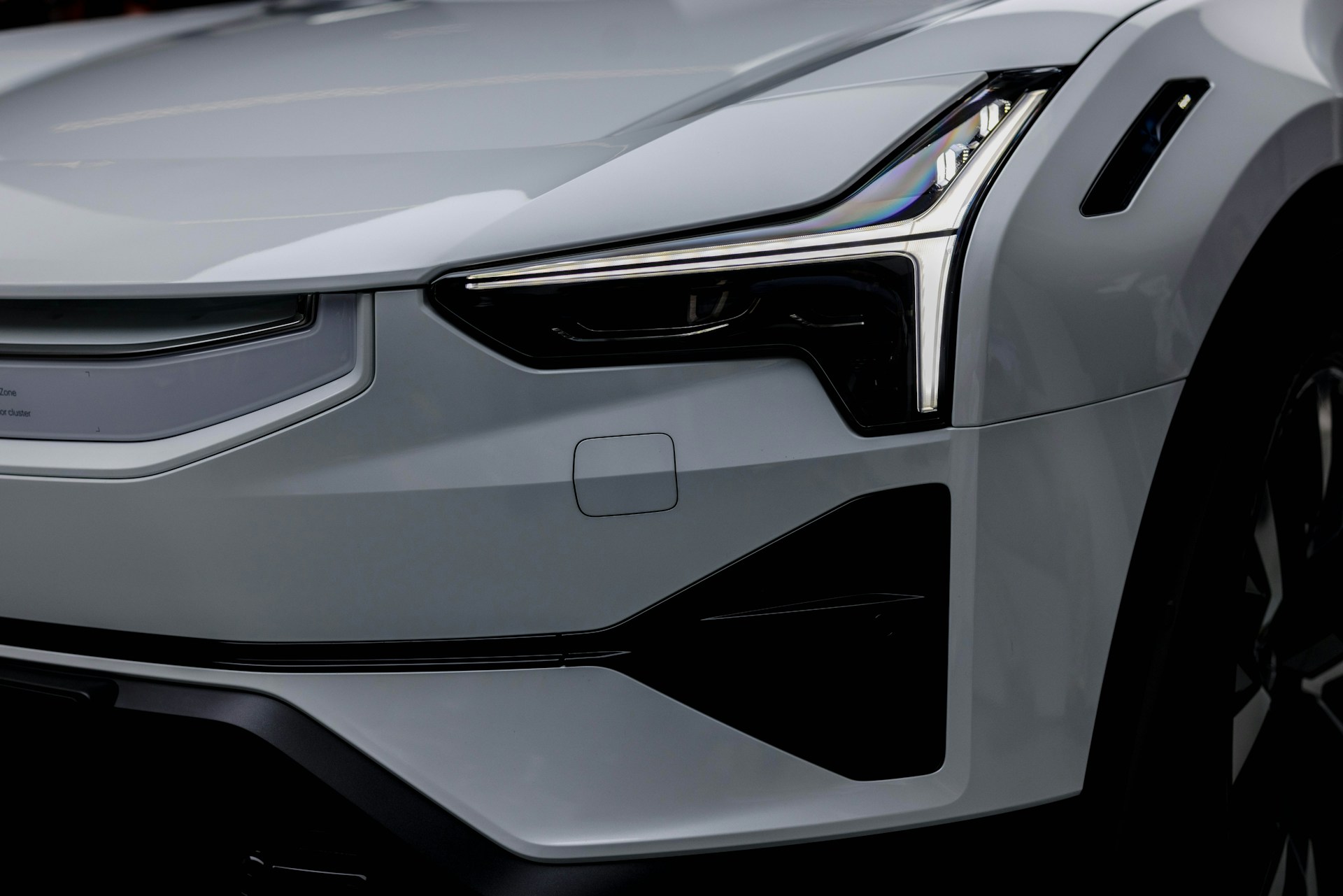Polestar has confirmed that the Polestar 2, one of the brand’s most successful electric vehicles, will not receive a direct successor. Instead, the company plans to introduce an entirely new model called the Polestar 7, marking a significant evolution in its vehicle line-up.
Since its debut in 2020, the Polestar 2 has been a cornerstone of the Geely-owned Swedish manufacturer’s electric vehicle strategy. The car has surpassed 150,000 units in sales across 26 countries and was recently refreshed with upgraded powertrains and advanced technical features. Despite its success, the model is expected to reach the end of its production cycle around 2027.
Speaking on the future of the brand, Polestar CEO Thomas Ingenlath revealed that the 2 will not be followed by a like-for-like replacement. “We will not replace the Polestar 2 with a Polestar 2,” he explained, signalling a clear break from the practice of launching new generations of the same model.
While specific details about the Polestar 7 remain under wraps, Ingenlath suggested that the new vehicle will occupy a similar position within the brand’s portfolio. However, he stressed the importance of allowing innovation to flourish without being constrained by expectations tied to a single model name.
“As much as we might build a very similar car, because it has a different number we won’t have this natural trap where we’re boxed into that concept of what the car had been,” he noted. Ingenlath cited examples such as the Volkswagen Golf, explaining that while such long-standing model lines are familiar and popular, they can hinder progress by locking manufacturers into predefined design and performance parameters.
Although no official specifications for the Polestar 7 have been released, expectations are high. The current Polestar 2 offers up to 379 miles of electric range, supports ultra-fast charging at rates up to 200kW, and is capable of accelerating from 0 to 62mph in just 3.8 seconds. It’s anticipated that the 7 will improve on these figures as battery and charging technologies continue to advance over the coming years.
Ingenlath’s comments about the Polestar 2’s successor were made in the context of a broader strategic update for the company. Earlier this year, Volvo announced it would reduce its shareholding in Polestar from 48.3% to 18%, a move that raised questions about the brand’s financial independence.
However, Ingenlath dismissed any notion of instability, characterising the development as “non-dramatic” and in line with long-term planning. He explained that Polestar had always intended to source funding beyond its parent companies.
“It was always clear that the money shouldn’t just come out of the pockets of the owners and we would have to find some ways of financing it without going to Volvo and Geely and saying: ‘Mummy, Daddy, we need money,’” he said.
Polestar’s decision to take a new direction with the Polestar 7 reflects its broader ambition to be a leader in electric vehicle innovation. By moving away from conventional model progression, the brand is aiming to redefine how its vehicles evolve and meet the rapidly changing demands of the EV market.
